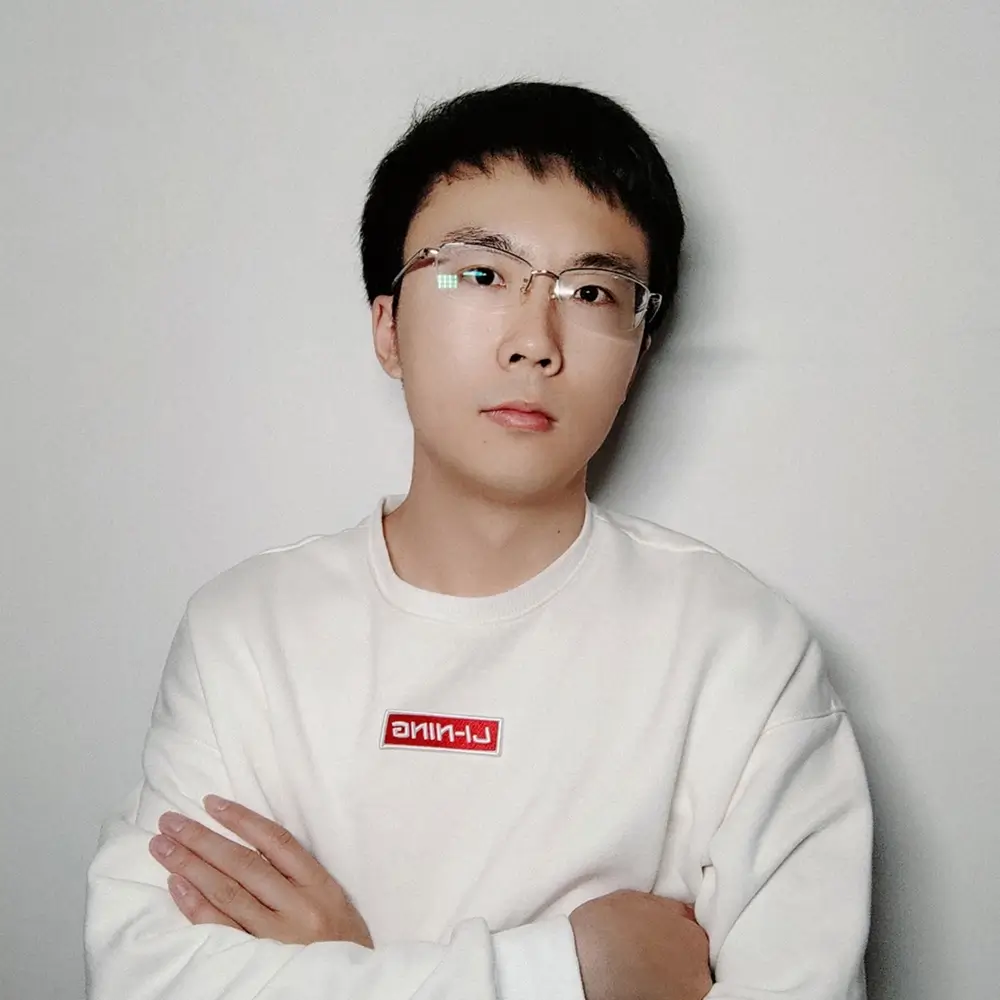Tianhu Yuan (Tales Yuan) is a self-taught Chinese visual artist based in Chengdu and Chongqing.
He has a long-standing interest in ACG-related generalized Nijigen subcultural community, and aims to build a dialogue between mainstream society and subculture through his work. He also focuses on the progress of society to explore the relationship between current technology and future developments.
His work has been exhibited at China 29th National Photographic Art Exhibition, RPS IPE165, Galerie Huit Arles, PHOTO IS:RAEL International Photo Festival, Jakarta International Photo Festival, PhEST Festival, Head On Photo Festival and Lishui Art Museum. He was also awarded or shortlisted from Sony World Photography Awards, Fine Art Photography Awards, BJP OpenWalls Arles, BJP Portrait of Humanity, Lucie Foundation Scholarships, PhMuseum Photography Grant, the Meitar Award for Excellence in photography and Head On Photo Awards.
Self Iterating of Chongqing
A traditional neighbourhood is demolished to make way for bustling shopping districts. People are digging tunnels and building bridges to build railways, leaving behind the mountains and rivers that once defined the city's character. Citizens cope with the extremes of summer in the city known as the furnace of China. It is a city of tradition, but it is also a city looking to the future. In choosing to develop, human beings leave something behind and gain something new. People believe in moving towards a better future at the moment of choice.
By capturing these moments of transition and transformation, I aim to highlight the complexities of urban development and the challenges that societies face when balancing progress with environmental preservation. I try to contemplate the role of human beings in shaping our cities and the environment, and to consider the choices we make as we look towards the future.
